Filter 1
Application
0Market
1Technology
0Flow Rate, Maximum: gpm
0
Barrier™ Ti UV System from ETS-UV™ Product Family
Our latest low pressure UV solution delivering improved water and air quality for hotels/resorts, swim schools, ponds, water features, and other small aquatic facilities.
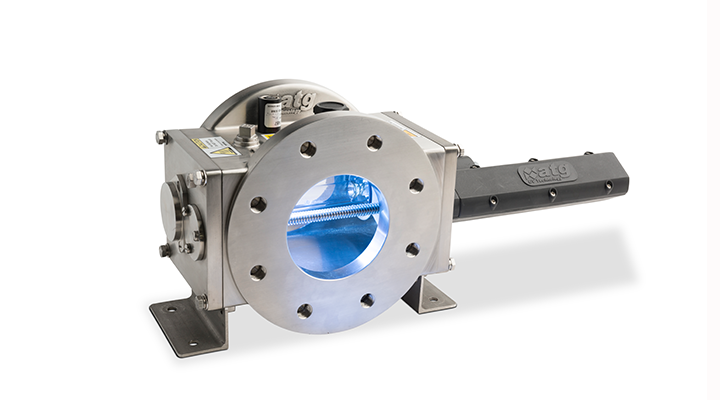
Wafer® UV generator from ETS-UV™ Product Family
The world's most compact medium pressure UV system for Municipal Drinking Water and Aquatics applications
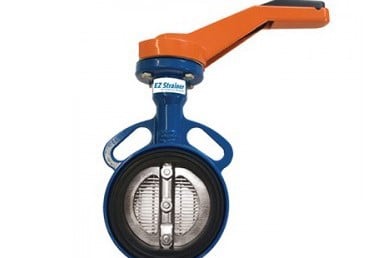
EZ Strainer®
Innovative strainer specifically for use with UV systems
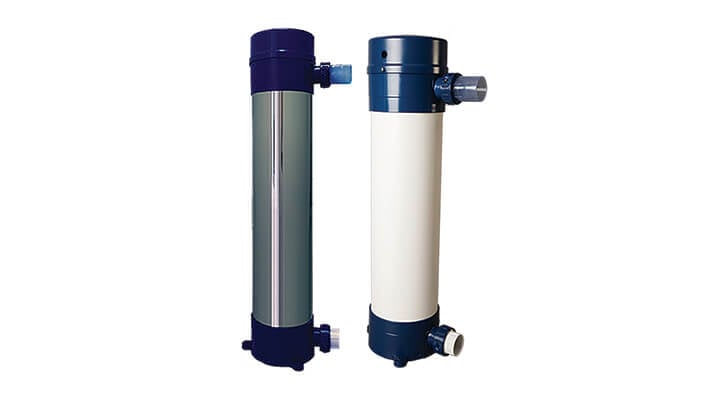
E Series
UV generator engineered and designed for residential pool water treatment
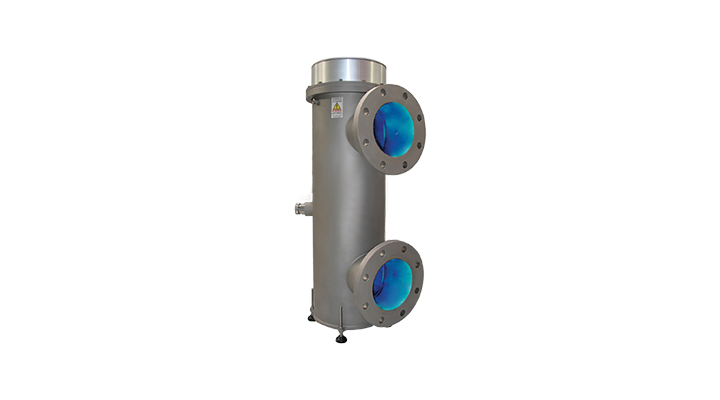
ELP AM Series
UV generator designed specifically for the disinfection and dechloramination in high flow semi-commercial pools, spas, splash pads and water features
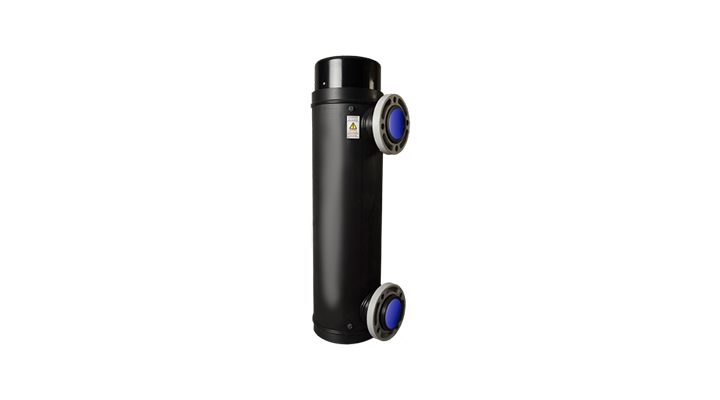
ELP Series in HDPE
UV generator designed specifically for the disinfection and dechloramination in salt water or high TDS semi-commercial pools, spas, splash pads and water features
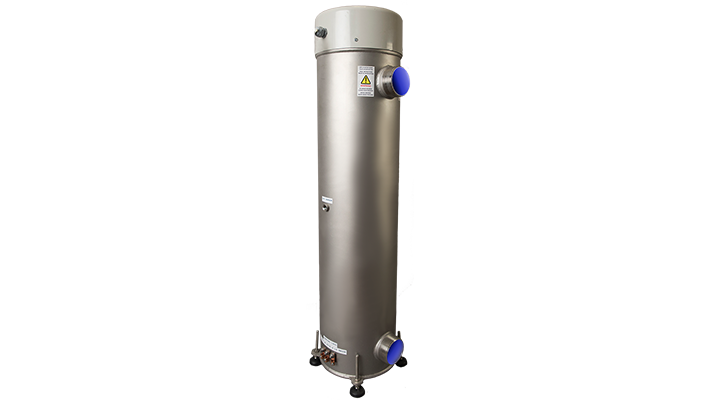
ELP HO Series
UV generator designed specifically for the disinfection and dechloramination in semi-commercial pools, spas, splash pads and water features
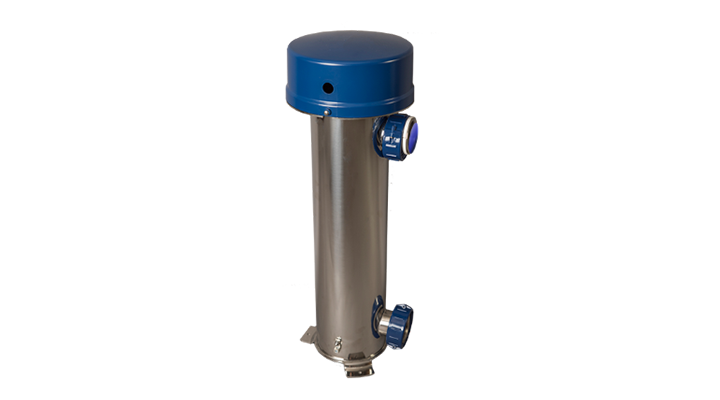
EP Series
UV generator designed specifically for the disinfection of ponds, fountains and water features
